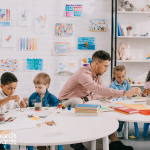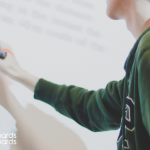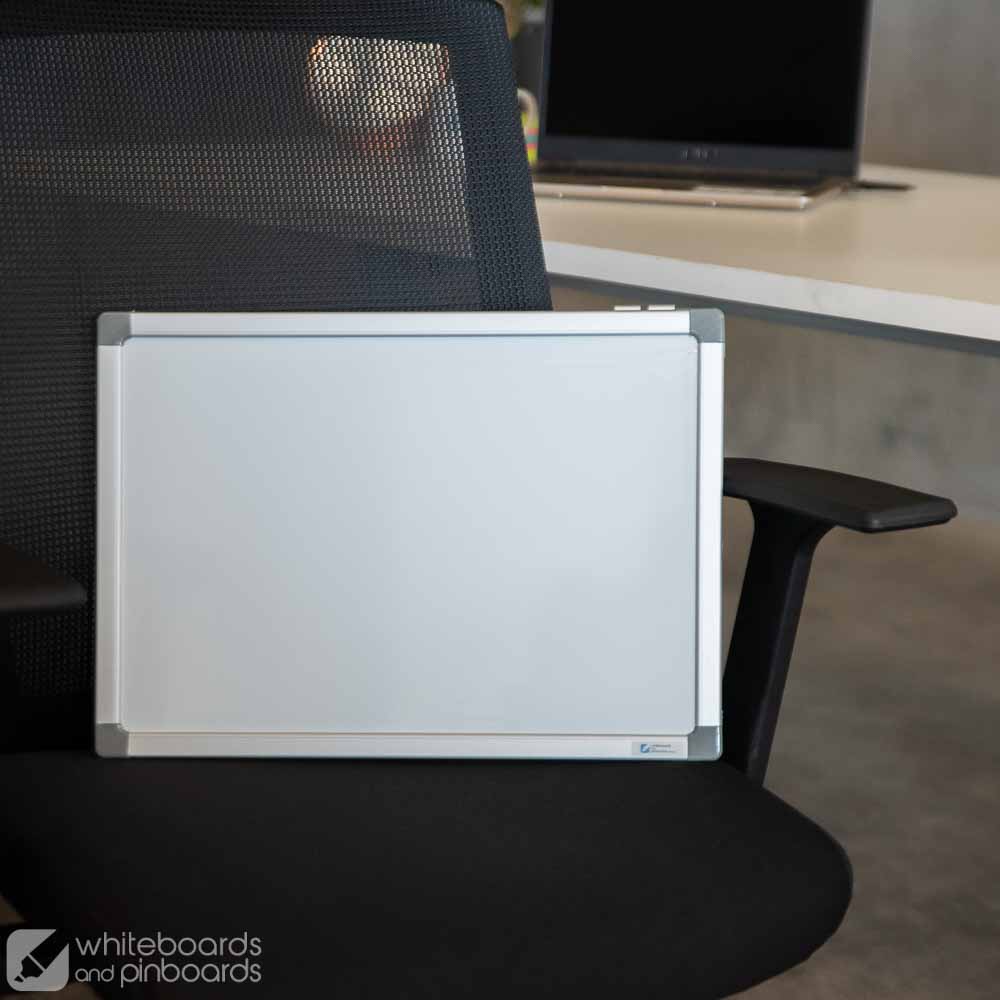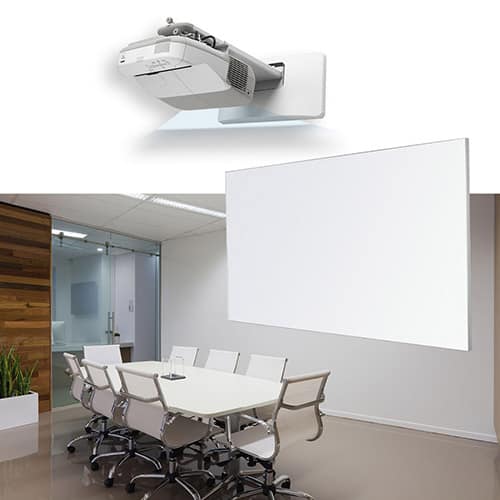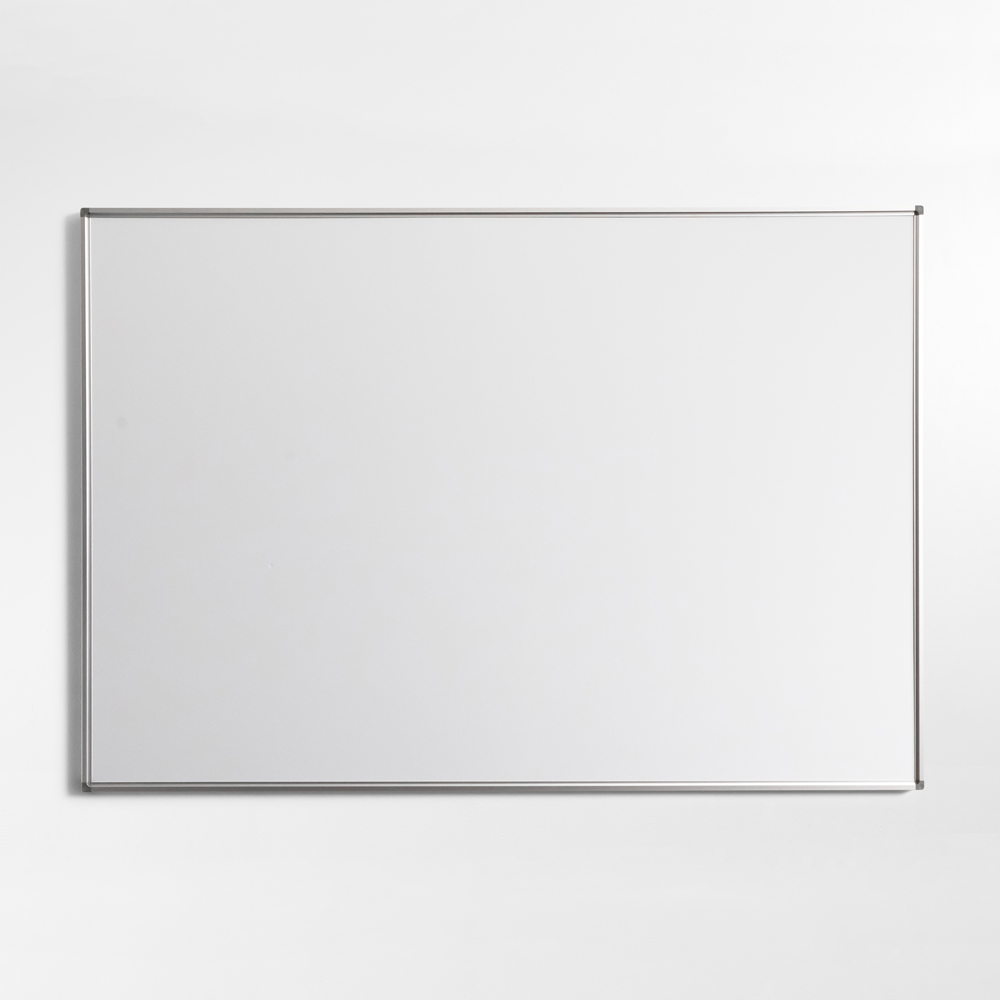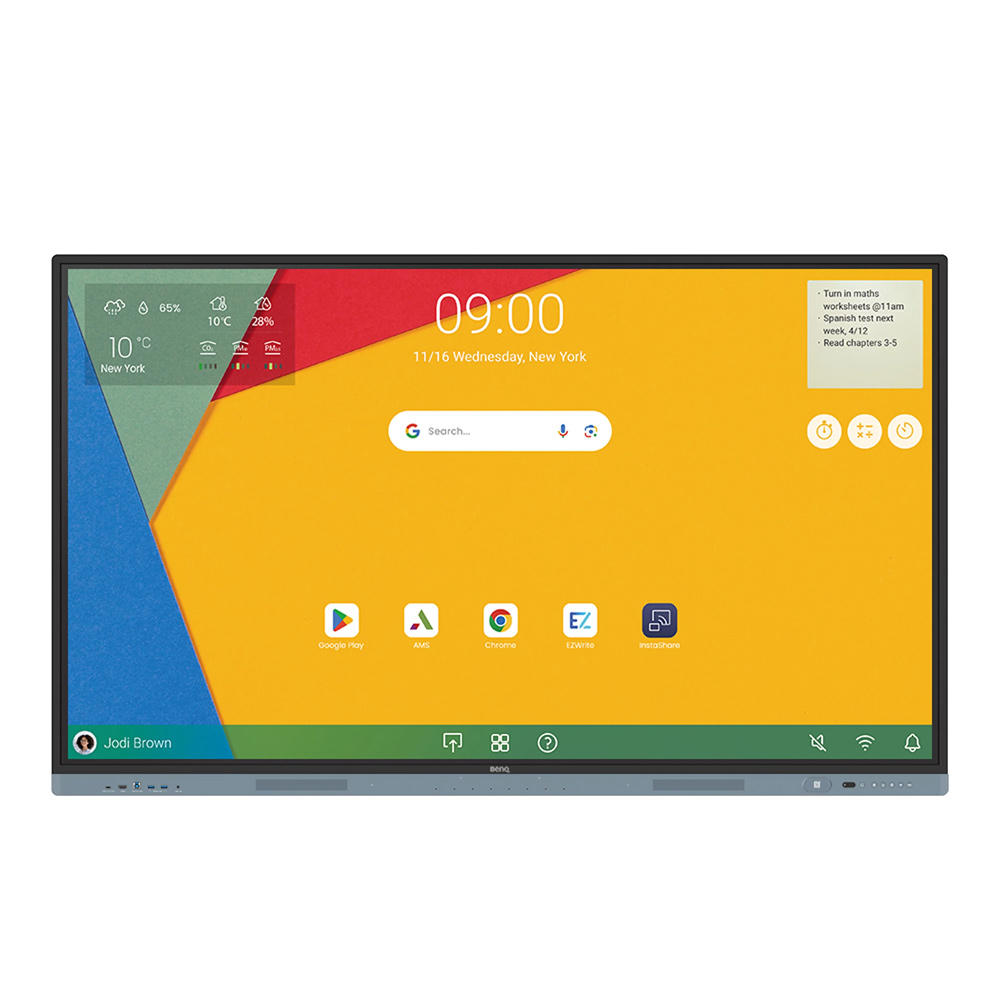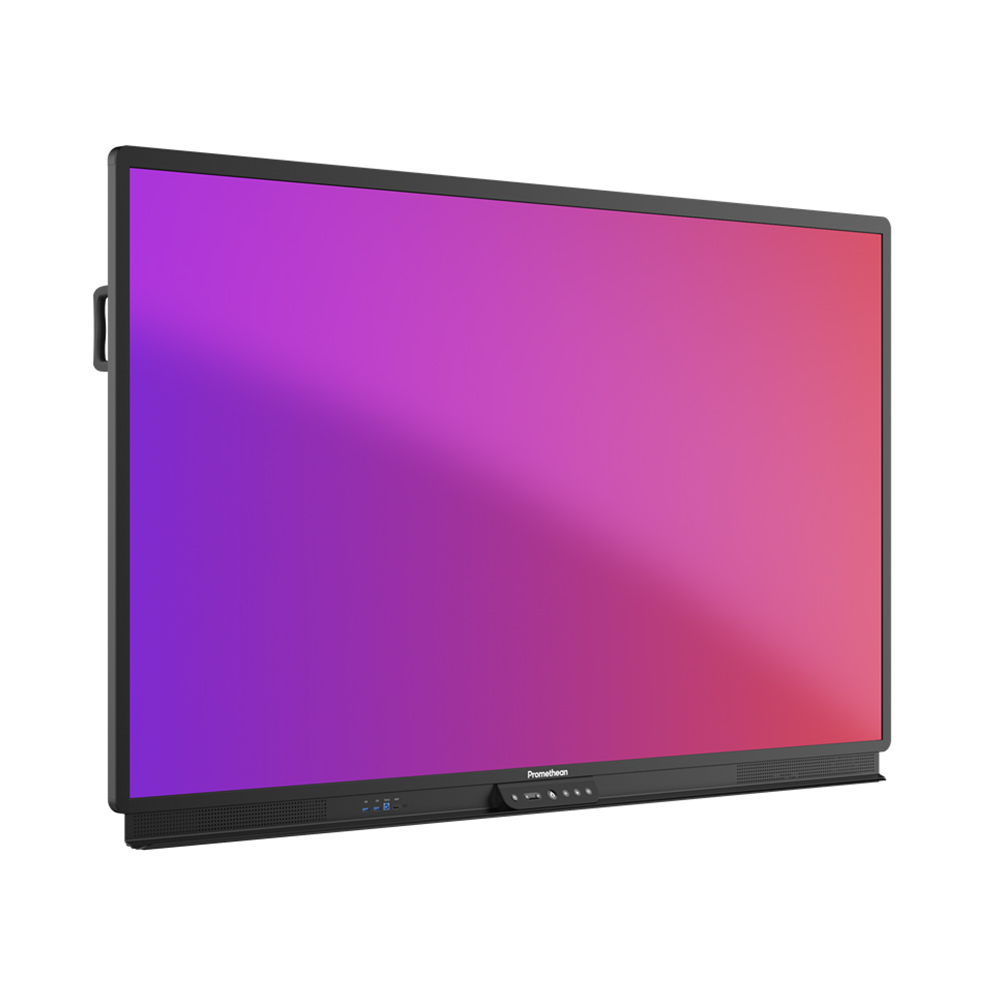As a teacher, standing in front of a whiteboard is something you do on a daily basis.
Whether you’re drawing a diagram to illustrate a complex idea, or taking notes during a brainstorming session, whiteboards are a key tool in the teaching process and an integral part of most classrooms.
Yet for many students on the receiving end, the way their teacher uses a whiteboard during lessons can often feel stale and uninspiring.
So is it time to ditch the whiteboard and upgrade to something a bit more high tech?
Not necessarily!
There’s plenty of life in this popular teaching aid yet – it’s just a matter of getting creative. Here are eight ways to make your lessons more dynamic by stepping up your whiteboard game!
1. Role Reversal
Instead of standing in front of the board yourself for the entire lesson, why not have your students take turns to act as note takers?
There are many benefits to this method:
Firstly, it creates a more energetic environment, meaning the brainstorming and note taking process gets refreshed each time a new helper is enlisted.
Secondly, students retain information more efficiently with regular shifts in tempo and structure.
Finally, enlisting the class to aid in the note taking process gives a welcome confidence boost and an improvement in collaboration skills.
2. Use Technology
Apps like ScanBot, Scanner Pro and even Evernote allow teachers to capture digital copies of whiteboard notes and turn them into handy PDFs.
With a bit of practice, teachers can take multiple shots of the whiteboard before cleaning it up for the next set of notes and diagrams.
This approach has several advantages:
Firstly, less time is wasted annotating smartphone pictures after the lesson, and secondly, students can focus more intensely on the lesson without the need to take copious amounts of notes. Just hand them a PDF scan a few days later!
3. Go Horizontal
Heavy use of a whiteboard during a lesson tends to mean a teacher’s back faces the classroom for a good deal of the interaction.
If you really want to encourage group collaboration, place a whiteboard on top of a large desk and have your students go around the table jotting down ideas.
If you have the right kind of surfaces, you could even try using dry markers on the tables themselves. This is great method for livening up dull lessons and creating a more cohesive class environment.
4. Mini Whiteboards
Mini whiteboards are a great tool for group learning.
They can be passed around the class for collaborative writing, and used as discussion aids during debates or language training.
Multiple mini whiteboards can also be employed for group activities and games, making them another great tool for boosting confidence.
5. Post-it Notes
This one works best for mind maps.
It can often be difficult for students to deal with all the ideas being thrown at a complex whiteboard mind-map.
Post-it notes allow each student to add their own colour coded ideas to the board, and quickly orientate themselves with complex thought process and concepts.
6. Projection
Not every facility has the budget for expensive electronic whiteboards
One unique way to incorporate other media into a whiteboard presentation is to use a projector. Focusing the projector on all, or just part of the whiteboard, gives plenty of opportunity to create mixed media presentations and convey complex ideas using a mixture of notes, videos and even statistical data. Just be sure to use a projection whiteboard to ensure clear visibility for students.
7. Games
A whiteboard doesn’t have to be a strict teaching tool. Every once in a while, it’s a good idea to break up a lesson into sections and include fun activities to lighten the mood and bring back some positive energy.
There are hundreds of games that can be played using a whiteboard, some of which include drawing races, hangman, checkers and even jeopardy. Games are a great way to engage younger students with difficult subjects.
8. Interactive Whiteboards
Finally, if you really do need to take things to the next level, it’s time to consider an electronic whiteboard.
Interactive and smart whiteboards help teachers to explain complex ideas using 3d modelling, animated graphs and interactive games. In addition, interactive whiteboards allow students to collaborate on projects and even record presentations for playback at a later date.
Going on a field trip? Smartboards allow teachers to to tie in Google maps and other valuable resources before setting off.
Get Creative…
So there you have it. From high-tech to old-fashioned fun, these 8 ideas will improve boring whiteboard presentations and keep your students engaged during classes.
For exclusive educator discounts, visit our Education Hub!



